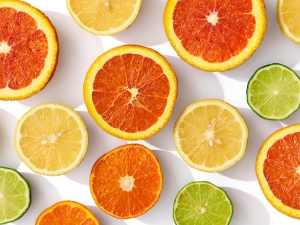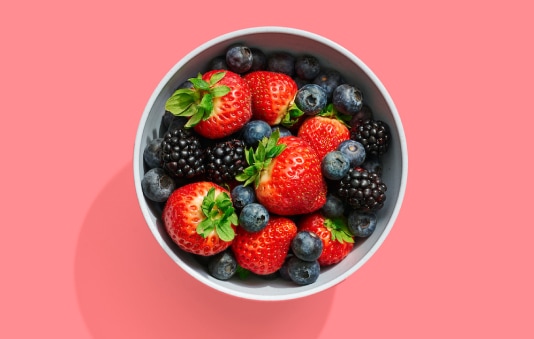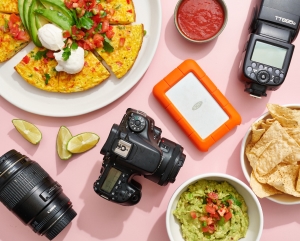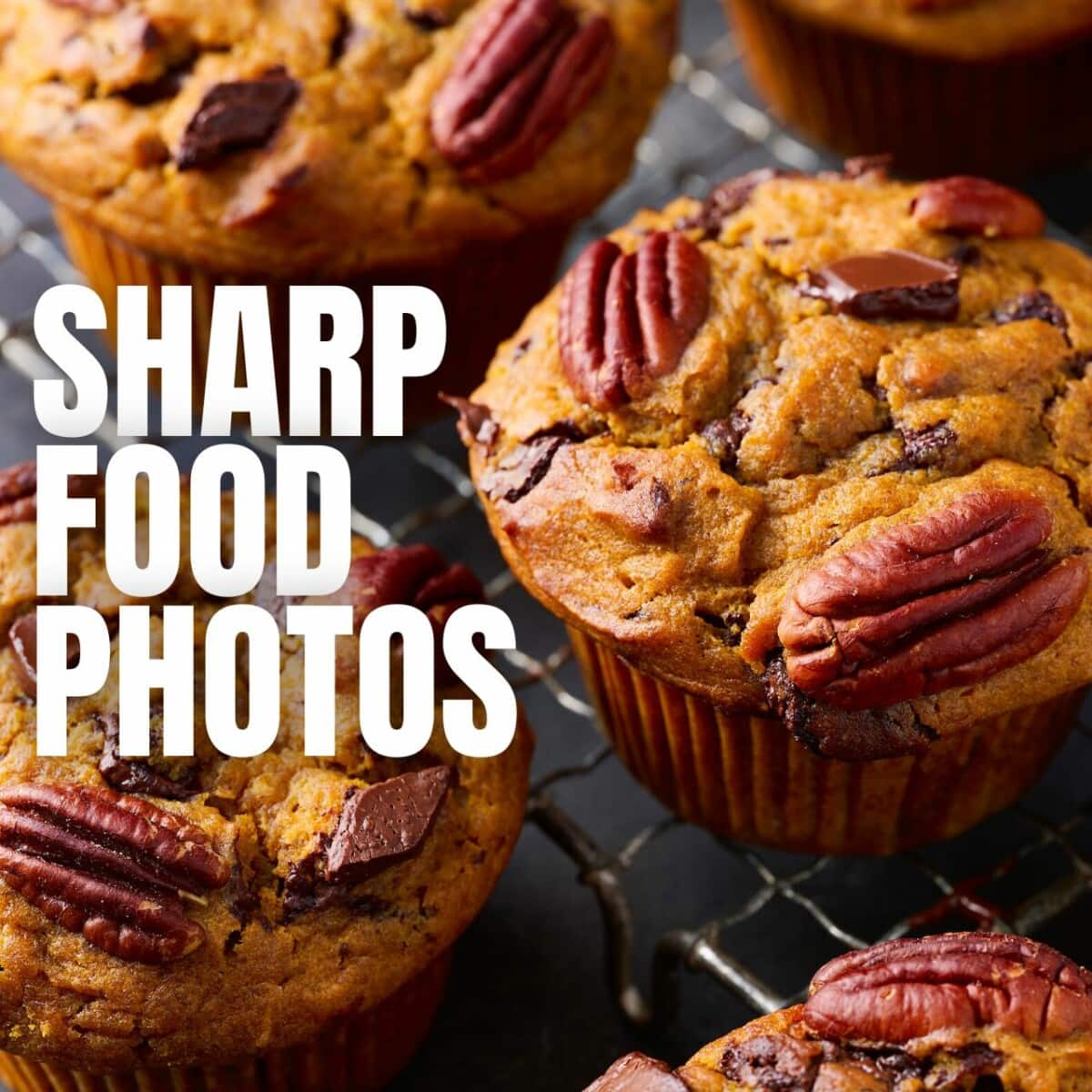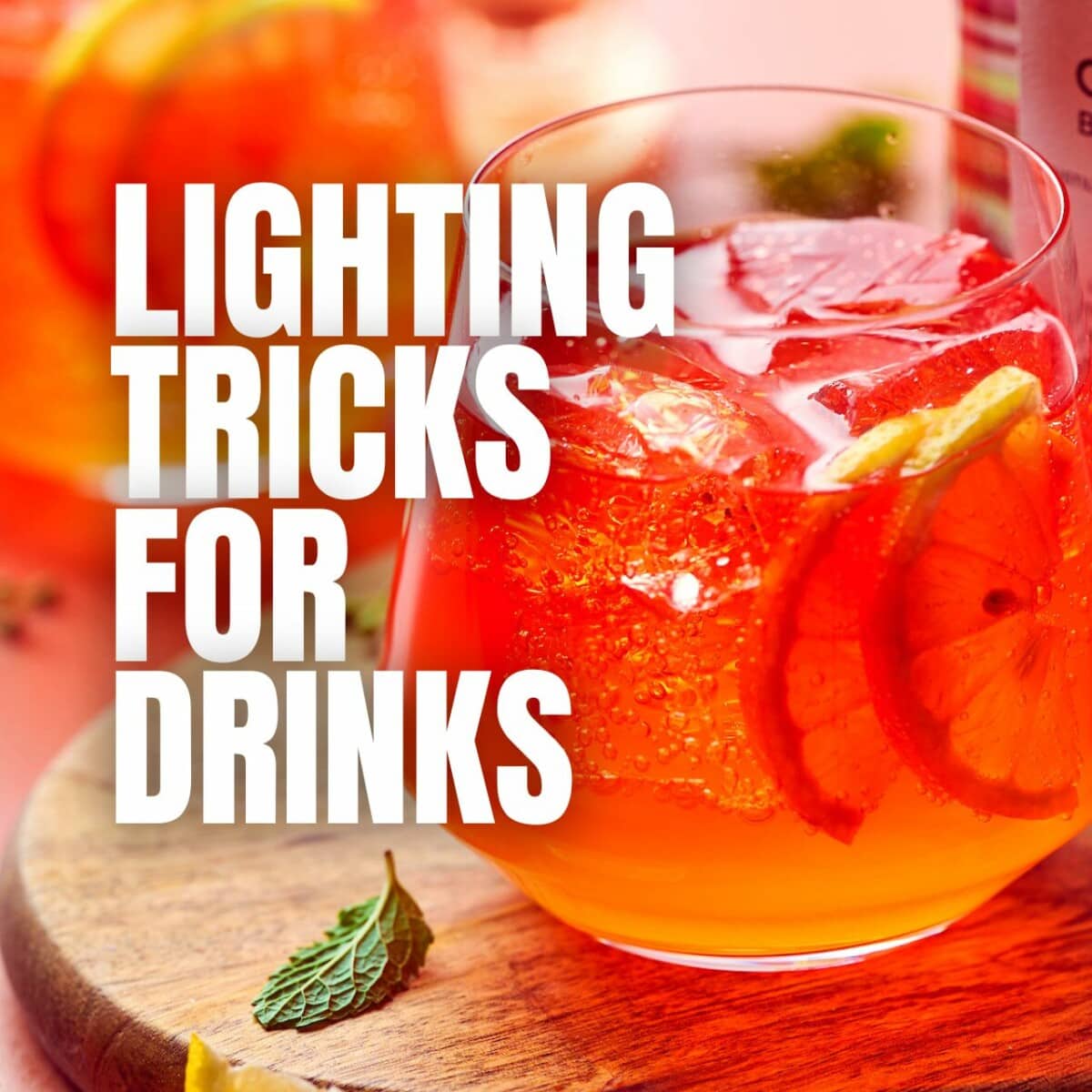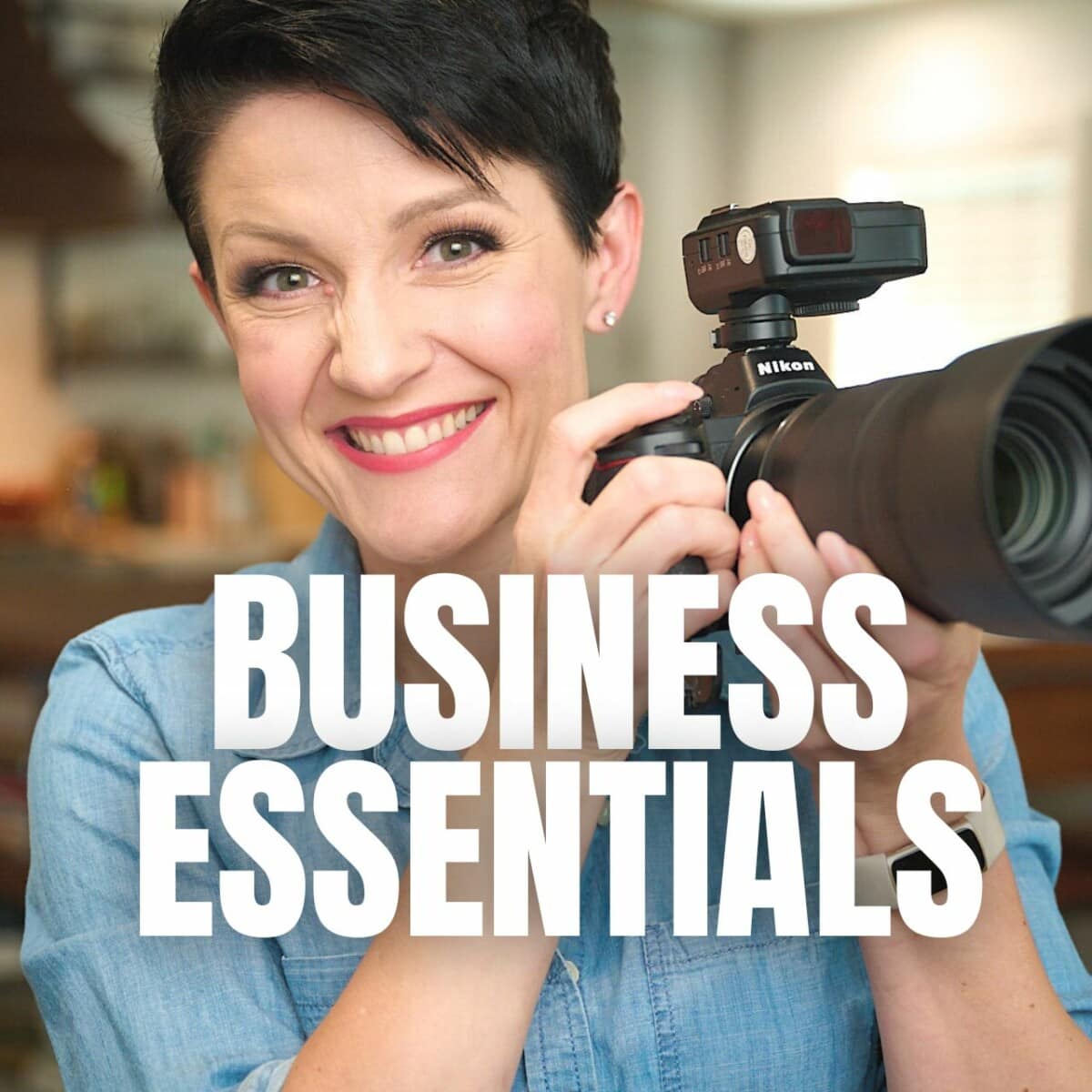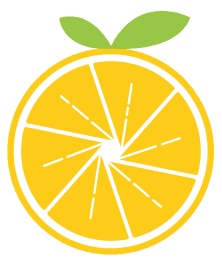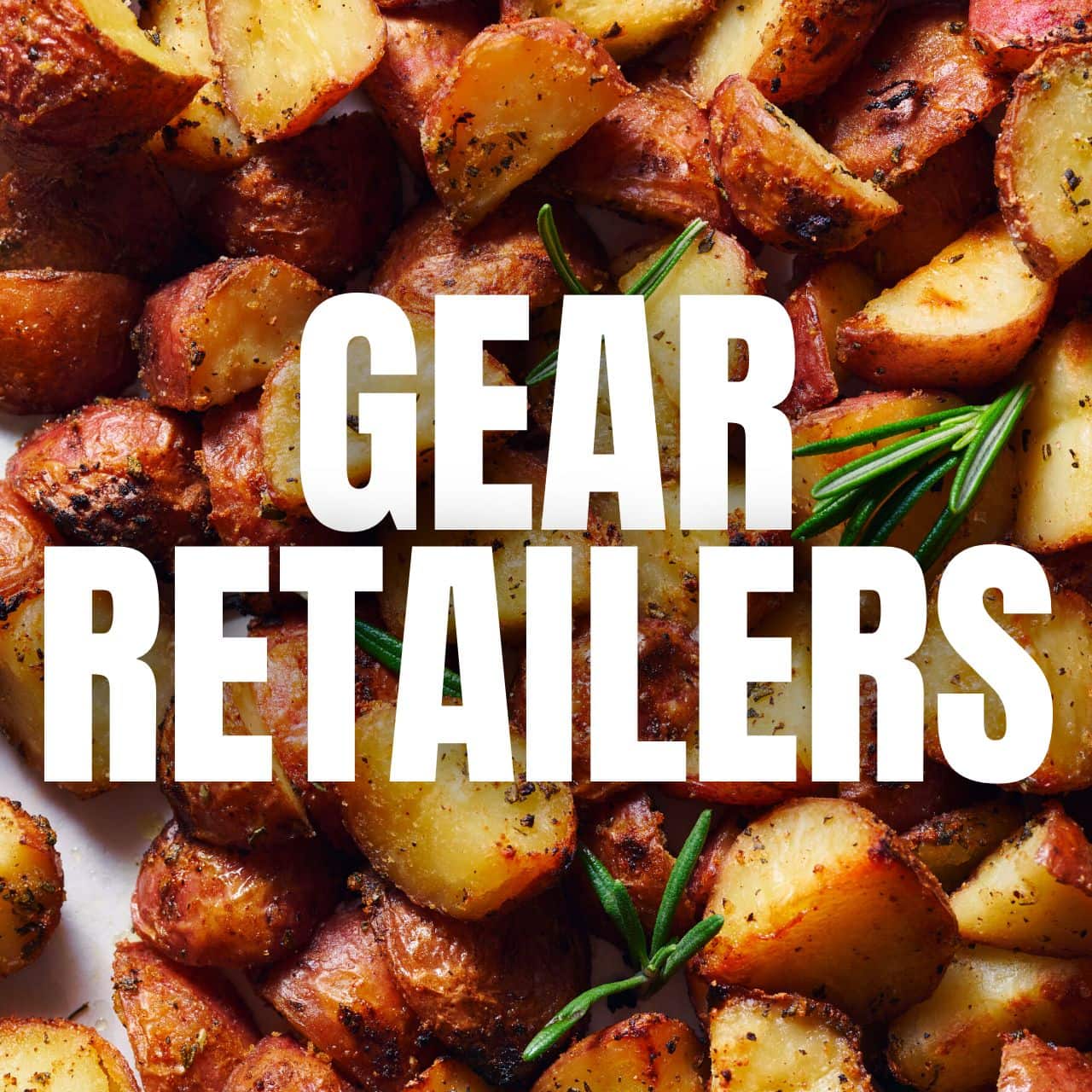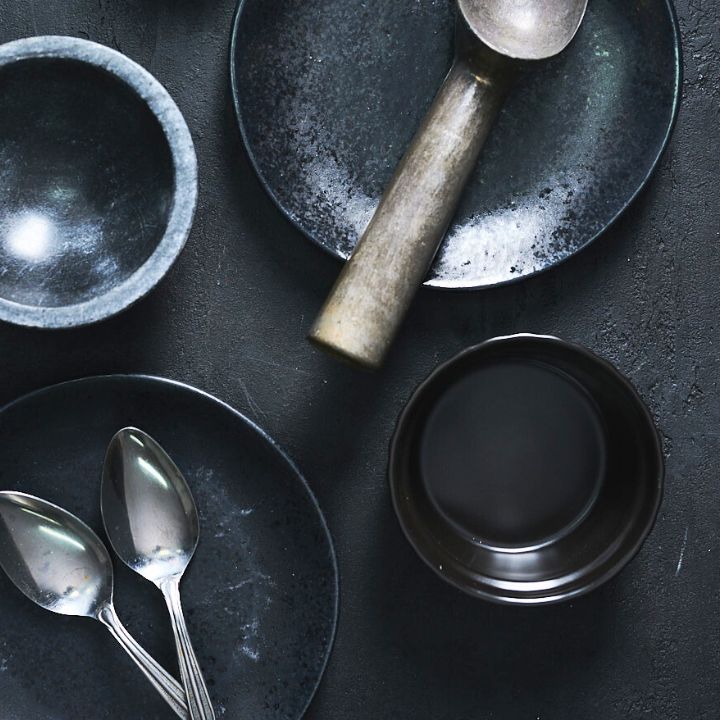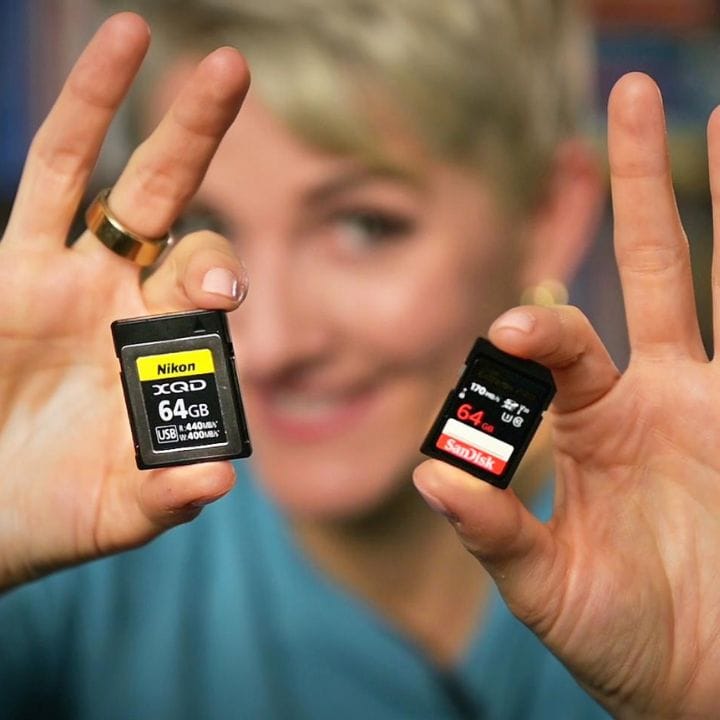“Are there enough food photography clients out there to support a full time business?”
Oh my yes! The demand for quality food and video work is high thanks to the internet’s insatiable need for visual media.
Most people think immediately of restaurants as prospective clients, but there are so many other opportunities out there across a variety of industries.
Four Categories of Photography Work
Let’s define some key terms before we dive into the details of the types of food photography clients.
There are four categories of photography business depending on the kind of work you do and clients you serve.
Fine Art – The images in this category are intended to be used as art. It can be framed and hung on a wall or in a coffee table book or even on a digital screen for aesthetic or artistic purposes.
Consumer – These images are created for personal use of the client, such as wedding albums, newborn photos, senior portraits and family portraits. The client wants the photos for personal enjoyment, commemoration or keepsake.
Commercial – Photos created for use by a business to use as promotional materials are considered commercial. These can be for-profit or non-profit businesses. They might be used in traditional print advertising, on a brand’s social media account, website or other medium in which they are using the images to help promote and sell their product or service.
Editorial – These are photos used in the context of telling a story. A prime example of editorial work is images that appear in a magazine accompanying an article. They’re not for the specific intent of selling anything but instead to help bring a visual reference to a story.
However, just because an image is in a magazine doesn’t mean that it’s an editorial image. The images with the articles are editorial. The images in the magazine’s advertisements are commercial. It all comes down to the intent and use of the image.
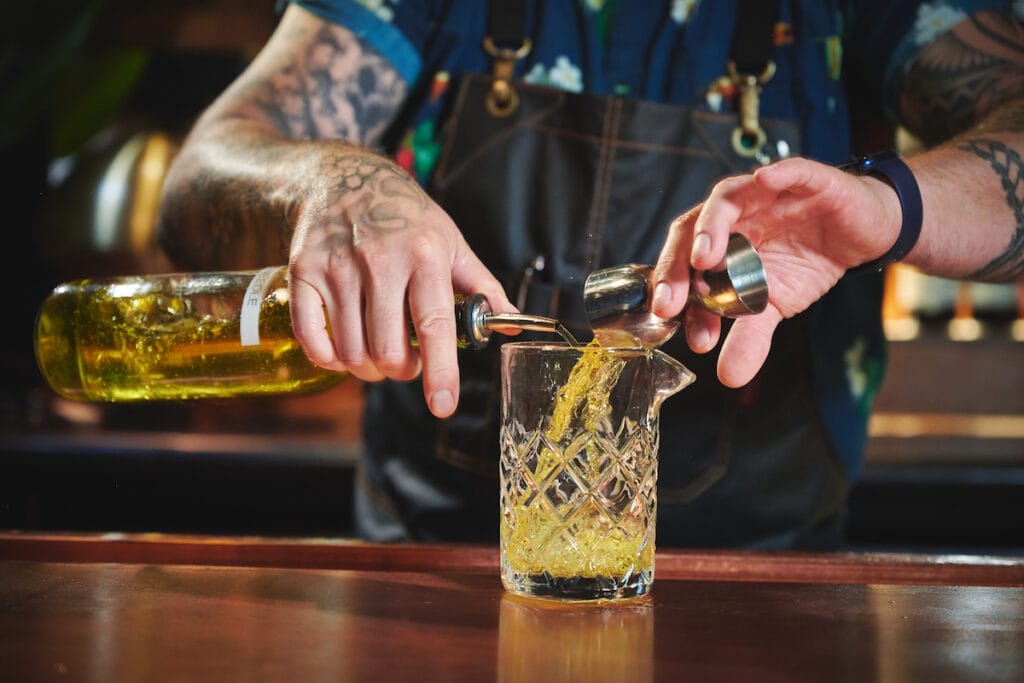
Where Do We Find Food Photography Clients?
Food photography generally falls into the categories of commercial and editorial photography. Let’s start by covering the editorial opportunities.
Magazine and Digital Publications
Call to mind some of your favorite magazines that include images of food. Food & Wine, Taste of Home, Saveur, Southern Living and many others offer both print and digital versions of their publications. There are also plenty of digital only editorial publications today.
Who do we contact at magazines?
The people who work at the magazines who hire food photographers generally carry titles like Photo Editor, Art Director, or Editor in Chief. Titles and their meaning vary depending on the size of the magazine’s organization. The masthead is a page near the front of a given issue listing out the names and titles of everyone at the magazine. Once you have a name you can reverse engineer e-mail addresses through sites like Hunter.io.
Magazine folks are regularly receiving pitches from freelance photographers and writers. Fielding incoming pitches is a part of their job. Granted, they’re super busy people, so you might not hear back. But, it’s still worth the effort to pitch and continue to make them aware of your new work. A day will come when they need a different photographer from the ones they regularly use. It would be amazing if you were top of mind in that moment.
Check out The Daily Promo from A Photo Editor if you’re looking for ideas on sending promotions and pitches.
Editorial Client Budgets
It’s best to break it to you now. You won’t get rich from only doing editorial work.
Magazines often have smaller budgets as compared to commercial clients. But, editorial work is a strategic component of building your business. Having your work featured in a magazine helps build reputation. Additionally, after the magazine comes out, you can contact them for the digital tear sheet of the page where your work was featured. Use that tear sheet in a section of your portfolio that shows off your editorial work. Photographer Stephen DeVries does a great job of displaying his editorial work.
Editorial Work Builds Your Network
Editorial work is also a way to build your connections with other creative people and in the industry. You might meet new stylists, writers, and other folks on set. Those connections can serve as future referrals if you make a positive impression.
For example, a few weeks ago I was on a set and met a wardrobe stylist. We exchanged phone numbers to keep in touch after the shoot. I don’t often hire wardrobe stylists for my shoots but a new connection never hurts. A week later, I heard from a producer I didn’t know about getting hired for a shoot. I asked how she found me and she said that her friend (the wardrobe stylist) mentioned me and sent her my phone number. You’ll find it’s a small world in the photography and production industry.
Cookbooks
I put cookbooks into a category of their own. They do fulfill the purpose of editorial work in providing a visual reference for recipes and stories like a magazine.
However, in my experience and the cookbooks that I have photographed, they have included better budgets compared to magazines. Certainly this varies across the industry, but I have been fortunate to shoot for authors and publishers who understand the value of quality food photography and are willing to pay premium pricing for that work.
Additionally, cookbooks often require a larger commitment in terms of the project scope in comparison to magazine work. An image for a magazine article may take a day or less depending on the needs of the shoot. Cookbooks, depending on the number of images in the book, can span over a week, multiple weeks or even months.
I recommend assessing your bandwidth before committing to longer term projects like this. Consider the time and energy that the project will require and if that fits reasonably into your current schedule.
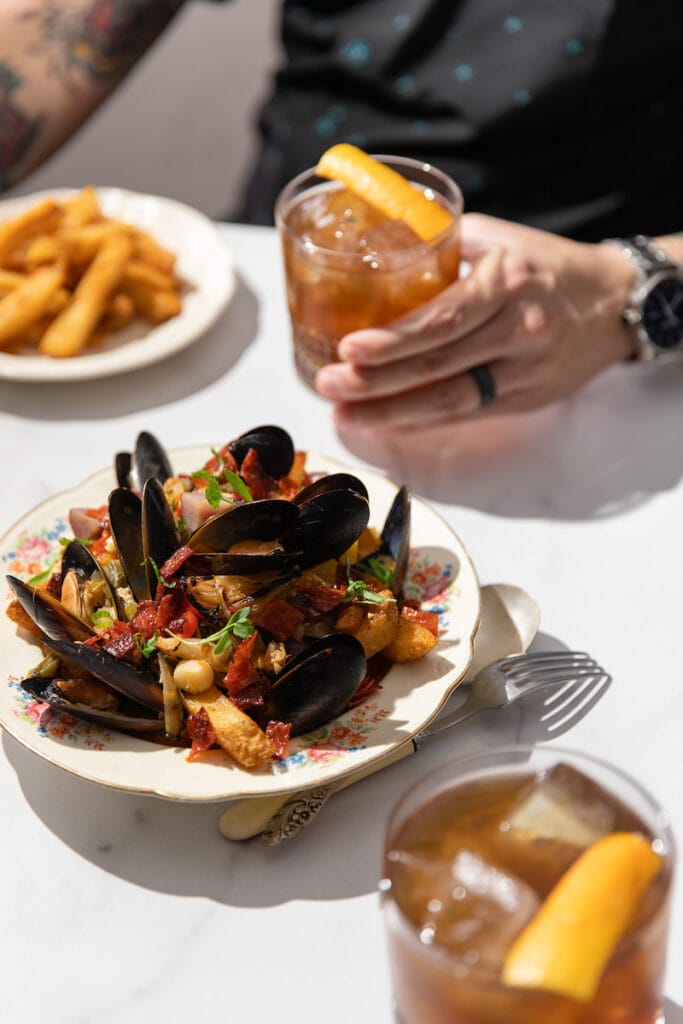
Where do you find cookbook work?
There is no specified path for getting hired to shoot your first cookbook. The cookbooks I have had the honor of photographing all came about as a result of knowing authors. The authors recommended me to their publishers and the publishers vetted my experience and hired me for the job. I have heard similar stories from other food photographers who have shot cookbooks.
How do you meet authors? Networking in the food industry will give you a leg up. The people who write cookbooks are chefs, bloggers, and food writers. I’ve personally met people who went on to write books at events like conferences and food festivals as well as online through social media groups.
Bloggers
This is a brand new type of editorial client, at least in the context of the larger food photography industry. Food bloggers didn’t exist 20 years ago but now they make up a booming portion of the digital landscape.
Before you assume that bloggers are small time folks without a budget, you should know that there are an elite class of food bloggers whose traffic and engagement outranks the more established media sources of the world. It’s a wild time in the world of media and I believe we’ve only seen the tip of the iceberg.
Food bloggers need images for their new recipe content, updating older recipe content and for social media.
How do you find food bloggers?
Food bloggers are one of the more accessible groups in this list. They’re very plugged in online and are professionals at networking. You can find them in Facebook groups, at conferences, workshops, in mastermind groups, and other social media.
Blogger Photography Budgets
Some bloggers can afford professional photography and some cannot. I have come across far too many food photographers and video makers who are undercharging for their services and trying to make up for it in volume in doing more work. These creatives are exhausted, as you can imagine.
I promise, there are food bloggers out there who can afford you, so if this is a niche you want to serve, be prepared to say no sometimes.
Bloggers are Well Connected
Bloggers are outstanding for building your referral business. Many pro bloggers have blogger friends who they have met at conferences or through social media. Do a great job for one food blogger and they will likely refer you to their friends. Your client roster can expand exponentially through this highly connected part of the industry.
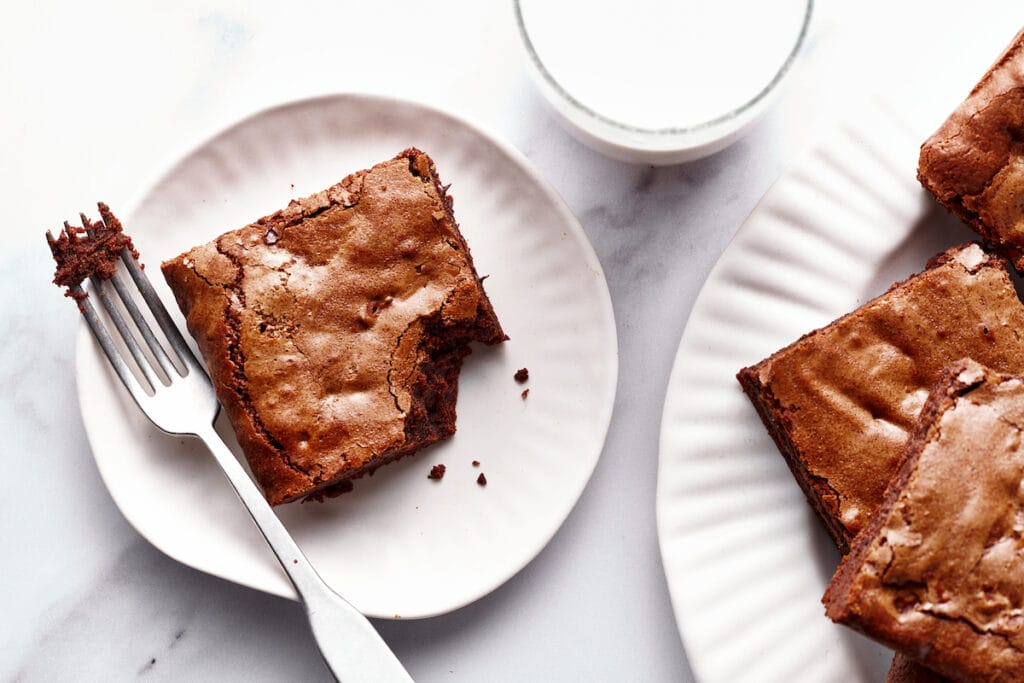
Restaurants
Restaurants are an obvious target for food photography. They fit into the category of commercial food photography and range from small local joints up to the big international chains.
Local Restaurants are a great place for getting started
I believe that independent local restaurants are a great place to start out if you’re new to food photography.
For one, they are easier for gaining access to decision makers. Every restaurant is different in terms of how they plan their marketing and who is responsible for hiring a photographer. Sometimes it’s the owner or perhaps a general manager or marketing manager.
Many restaurants work with local marketing and PR agencies, too. These kinds of agencies can often represent multiple restaurants, so if you do a great job with one of their clients, they are likely to hire you for the others.
Another reason local restaurants are great for getting started is that they aren’t as opinionated or have the visual aptitude for images that some more demanding food photography clients have. You likely won’t need to have any advanced techniques or speciality gear to create images for a local restaurant. I have done plenty of restaurant shoots with my camera, a single lens and a memory card and delivered images that the client was thrilled to use.
Restaurant Budgets
Bear in mind that single location independent restaurants and smaller restaurant groups don’t have big budgets. They are already operating on razor thin margins as it is.
The larger chains and international restaurant brands however, will have more money available for photography. They should be charged accordingly, especially in consideration of how widely the images you produce for them will be distributed.
Always keep in mind the concept in pricing that the more eyeballs that see the work, the more money the company makes, the more you need to charge. The visibility of images being used by a single, local, independent restaurant is fairly limited. That’s why commercial photographers often scale pricing based on the job and the size of the client. We will talk more about that in the next post in this series.
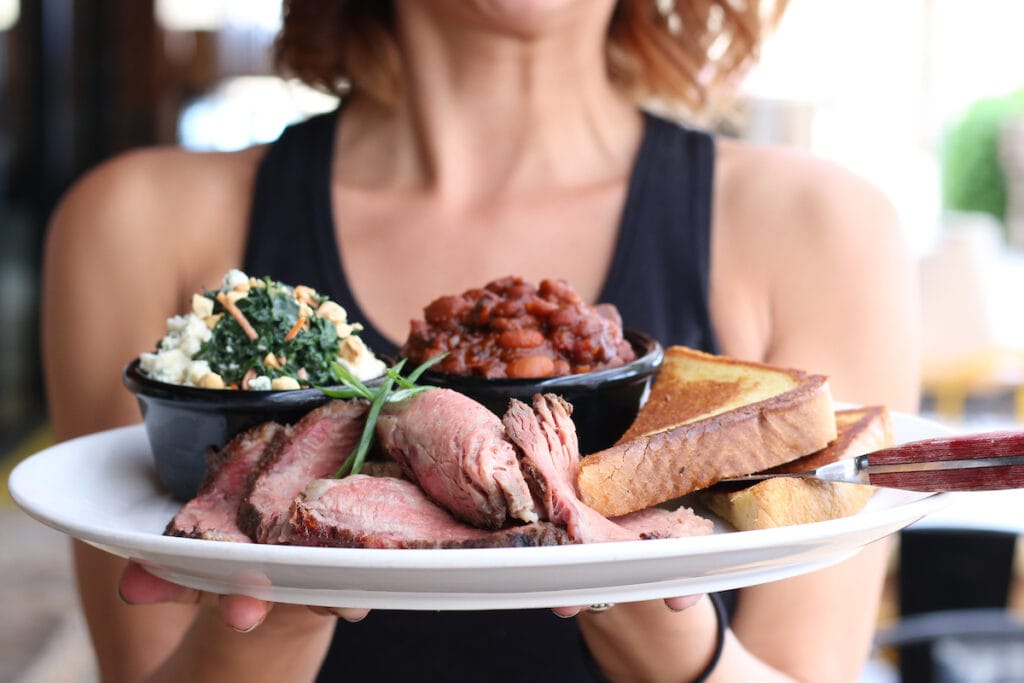
Shooting for Restaurants Makes You a Better Photographer
You should always expect the unexpected on any photoshoot, but especially if you’re shooting on site at a restaurant. The fast pace, dynamic and unpredictable nature of the restaurant environment will keep you on your toes and force you to come up with creative solutions to promblems. I credit much of my on-set problem solving skills to the years of shooting in local restaurants and having to adapt last minute to an unanticipated change.
One I had to relocate my shooting setup to an area behind the restaurant next to the dumpster. There was also the time I forgot my tripod plate at home and had to shoot handheld when my comfort zone is shooting from a tripod.
Oh, the stories could go for days. All of these experiences compounded to make me a better photographer and will do the same for you.
Brands
The bread-and-butter of my business over the years has been food brands and other kitchen related products. From ingredients to packaged foods and beverages, there are potentially thousands of brands represented on your grocery store shelves. There are also companies that make kitchen appliances and tools who also need food photography. Williams Sonoma doesn’t sell much actual food but their catalogues are full of beautiful images of food made with the products they sell.
How to connect with brands
One of my favorite ways to connect with brands I want to work with is to create images including their product and sharing them on social media, tagging that brand. If they have social media savvy they are likely to see the tag and if they like the image they are apt to reach out and you can potentially build a relationship from there.
Additionally I’ll also do a little bit of research on who’s who at the company and send a pitch including the link to the photo I shared. I use LinkedIn to find out who at the company is in charge of marketing. Then I use Hunter.io reverse engineer their e-mail address. You can see this method in action in a previous YouTube video.
One thing that sometimes comes up when I suggest this is concern over the brand stealing the image. This is certainly a risk you run, but being that it’s a singular image, you’re not opening up yourself to major vulnerability. In my experience, if the brand is one of integrity with good people working in the company, they’ll be flattered that you featured their product and potentially interested in pursuing future work together.
This won’t work every time, but it’s a way to increase industry connections plus add new work to your ever evolving portfolio.
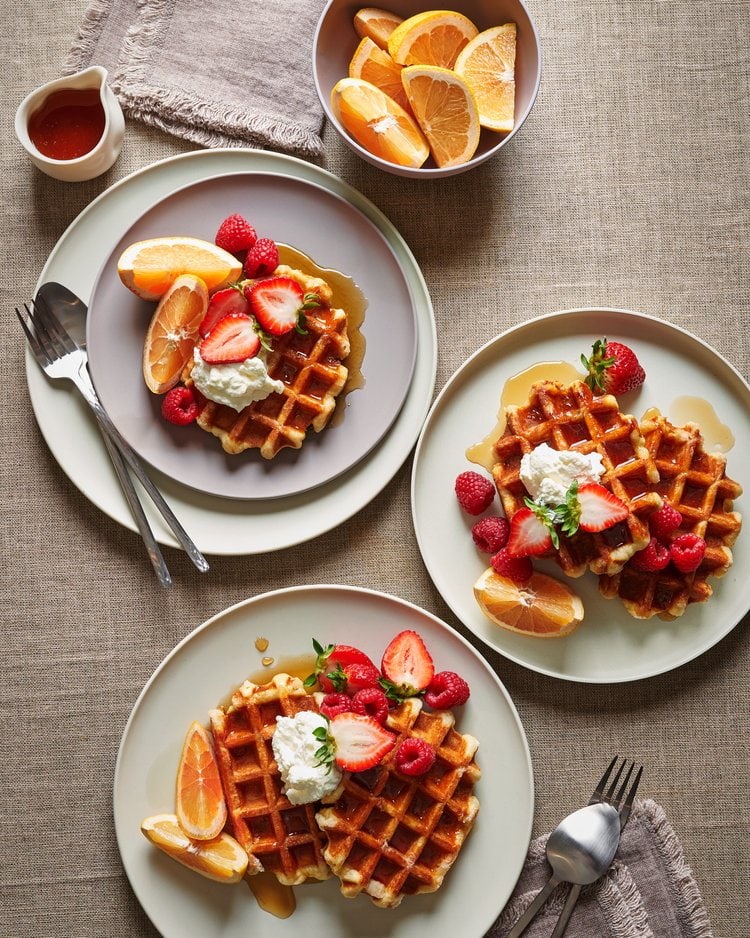
Brand Budgets
I have put a fair bit of emphasis on working with brand clients because, on average, they have larger budgets available for photography. Plus, they have an added need for that photography to be quality. They need effective images that help drive more sales in order to stand out in today’s busy digital marketplace.
Additionally, the ways in which they are using our images reaches more people so the licensing rates we charge will be increased.
Agencies
This last type of client is admittedly a mixed bag and also rapidly evolving. We’re in a monumental shift in media due to the internet and this has affected the agencies that serve the industry.
Traditionally when people talk about agencies, they’re referring to advertising agencies who handle creative campaigns for their clients. They might be responsible for everything from the development of the creative to the implementation of it and the ad buys where the creative is being used.
But, today, there are agencies specializing in social media, some brokering relationships with content creators, others managing the social media accounts, others specializing in SEO and website development. Agencies run the gamut these days so there’s no one-size-fits-all proposition here.
Agencies, like editorial outlets, are anticipating pitches from photographers. You can pitch away and feel confident knowing that reaching out to them is totally normal.
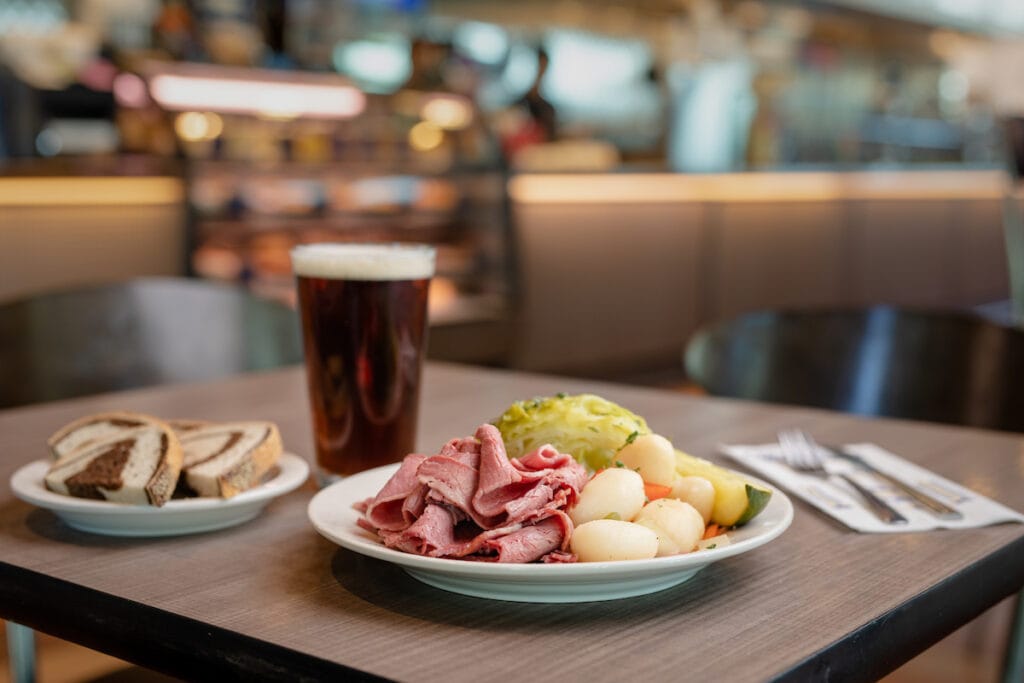
Agencies and Understanding Image Usage Terms
I used to assume agencies had a strong understanding of copyright and image usage and licensing. I continue to find that is not always the case, though. Some of the previously established norms and standards are in flux just like the state of the industry. It’s best not to assume someone’s knowledge about anything these days.
One footnote: Any client who can afford an agency to run their advertising and marketing can also likely afford quality food photography.
The Best Way to Find Food Photography Clients
The number one best way to find more clients is to meet more people. Networking is the secret sauce of building a client roster.
It’s a long game. This is not a get-clients-quick scheme. I advocate for planting seeds of connection, seeking relationships and finding genuine ways to serve people. The fruits of your labor will be realized if you faithfully continue the process, one person at a time, one relationship at a time, one new friend at a time.
I recommend reading The Introvert’s Edge if networking stresses you out or you’re not a naturally outgoing person. Believe it or not, being quiet and shy can be a superpower in networking and sales.
Ready to talk about money? Check out the next post in this series about Resources for Creating Food Photography Estimates.



